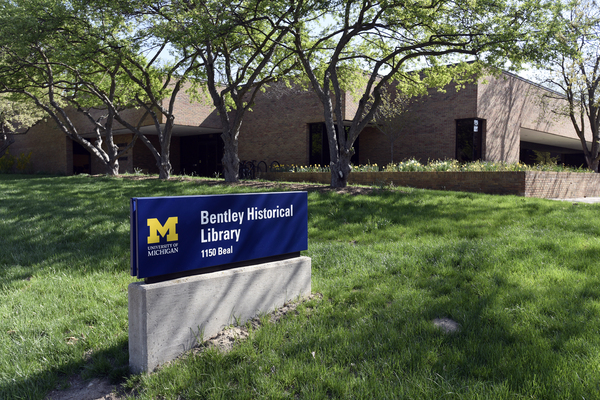The Research Project Files series (8.5 linear feet) is closely related to the information in the Proposals and Omnibus Proposals series, and consists of reports, correspondence and other documents related to specific research projects funded by the Michigan Sea Grant Program. The research files generally contain more detailed information than the project summaries found in the Omnibus Proposal series.
Michigan Sea Grant's arrangement of the material in the Research Project Files has been largely kept intact. The Sea Grant Office had arranged the files loosely in alphabetical order according to "subprogram" or topic, such as Coastal Zone Resources or Toxic Substances. Each study was given an identification number that corresponded with a subprogram. For example, Coastal Zone Resources studies begin with R/CZ, and Recreation and Toxic Substances studies begin with R/TS. In addition to the subprogram information, studies were assigned a number (R/CZ-1, R/CZ-2, etc.) and filed in numerical order. Although the studies are generally in chronological order, there is some overlap, as some studies were conducted over a period of several years while others lasted only a short time. In addition, some of the subprogram and topical headings changed over time, which sometimes led to the numbering process being restarted.
There is overlap among the various subseries. For example, studies on the coastal zone of the Great Lakes can be found in the Coastal Resources, Coastal Zone Resources, Coastal Processes, and Environmental Studies subseries. In addition, studies of various topics that were funded with money allocated for program development can be found within the Program Development and Program Development Funds subseries. The researcher should be sure to examine the Research Project Files series when searching for studies on a particular topic. A list of abbreviations used in the Research Project numbering sequence follows this scope and content note.
